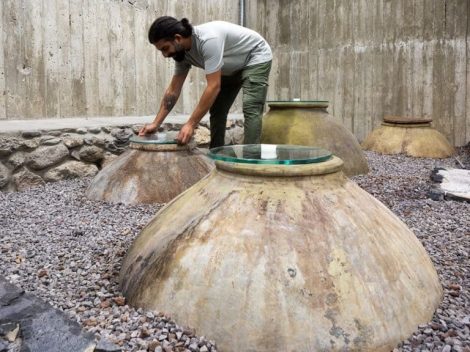Semolina in desserts
In Rome it's used for gnocchi alla romana, babies are fed it in soup form, but semolina - durum wheat ground down to small yellow grains - is actually a precious product also in pastry making. In Italy it is mainly used in Campania, where it enriches the filling of the famous sfogliatelle and becomes the protagonist of migliaccio, a soft cake typical of the Carnevale period. Especially popular in Middle Eastern countries and used to make unique desserts with an unmistakable aroma. One of the best-known legends of the Middle East, the Hand of Fatima, precisely concerns semolina, in this case in a savoury version. The hand is now an amulet known all over the world, worn mostly by women: before discovering some of the semolina-based desserts, we therefore want to share the anecdote that lies behind the much-loved pendant.
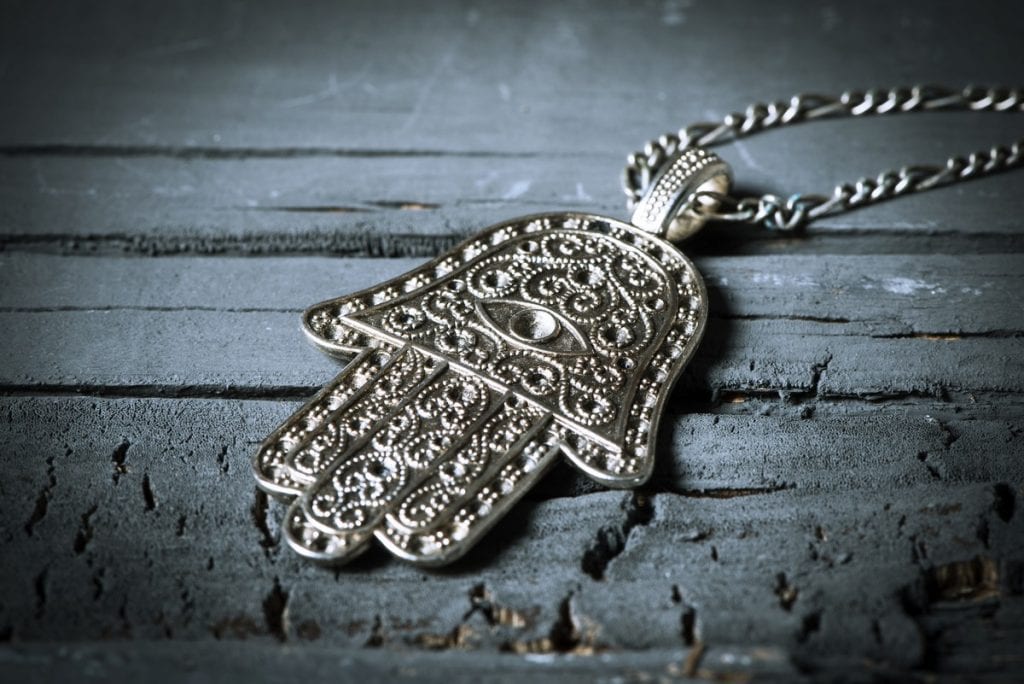
The Hand of Fatima and semolina soup
The young woman, daughter of the Prophet Mohammed, had been given in marriage to a nephew of her father, Ali, with whom she was very much in love: despite the man having the right to have up to four wives, Fatima suffered greatly seeing him return home for the first time with another woman. It was such a hard blow to the bride, that she dropped the wooden spoon with which she was mixing the semolina and she began, without even realising it, to mix the boiling hot soup with her hand. Her husband consoled her and tried to help her with the burns, but he still decided to spend the night with the concubine: Fatima spied on them and when she saw them kiss for the first time she shed a tear that went to rest on Ali's shoulder, who understood then the power of his love and returned to his wife. The amulet is now considered a good luck charm against negative influences, but first of all a talisman capable of giving women luck, wealth and above all patience.
Semolina-based desserts around the world
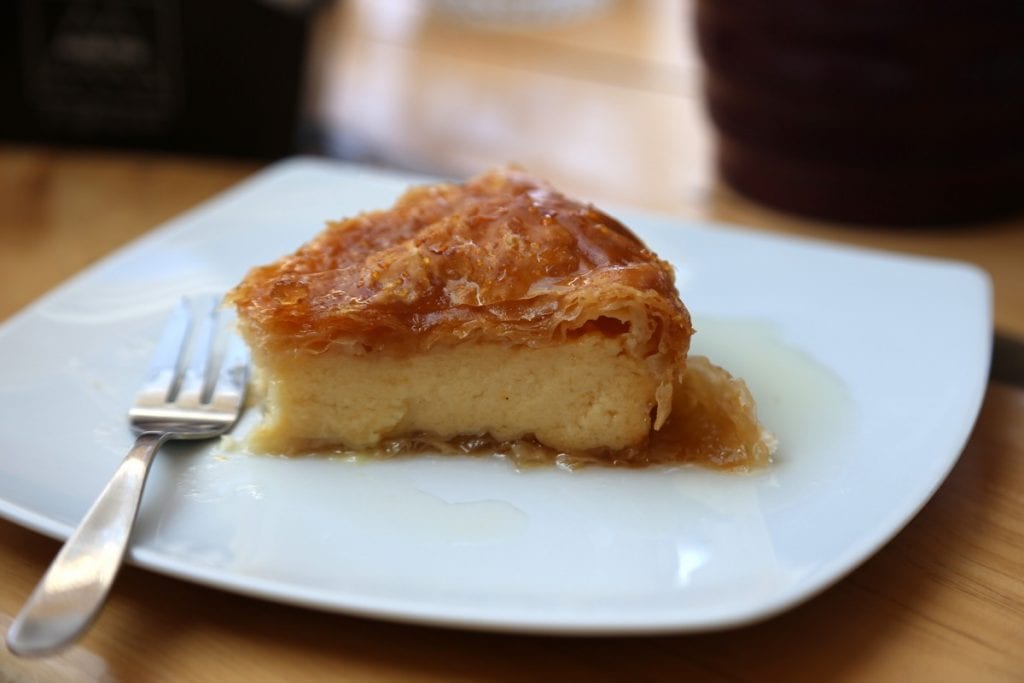
Galaktoboureko
Many layers of phyllo dough envelop a tasty filling made with semolina and milk: this is how galaktoboureko is composed, a Greek dessert which literally means “layered cake with milk.” It is usually served covered with a delicious syrup made with water, sugar and lemon juice, often with a filling flavoured with orange or lemon zest. Fundamental base of the cake is phyllo pastry, very thin sheets of pastry dough popular throughout the Middle East. Phyllo is rolled out so thin to be transparent, and prepared with fast and spectacular rotating movements.
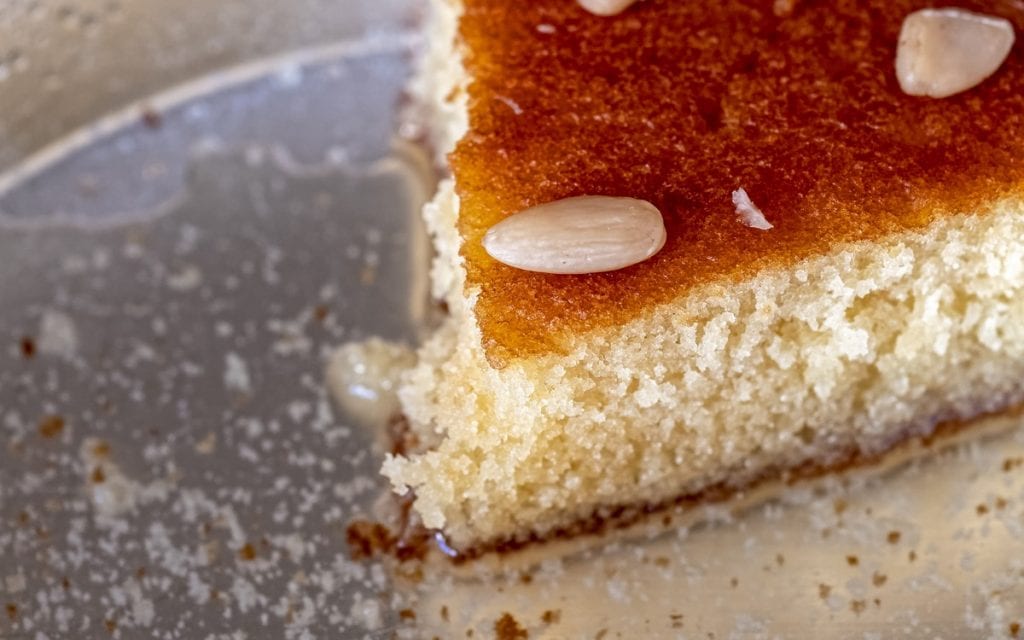
Basbousa
Semolina, rose water syrup, almonds: these are the protagonists of this dessert with an unmistakable aroma, widespread in many Middle Eastern countries, where it is known by different names (Harisa in the Arab world, Revani in Turkey and Greece, Shamali in Armenia, Namoura in Lebanon...). It's difficult to find a single original recipe, as always when it comes to specialties shared by several countries. In Lebanon, for example, part of the flour is replaced with grated coconut, often white yogurt is also added, while in the Jewish version from Tripoli, everything is flavoured with orange blossom water. In any case, this is a moist dessert, with a compact texture, baked in the oven and then cut into many small diamonds in the centre of which a whole almond is placed.
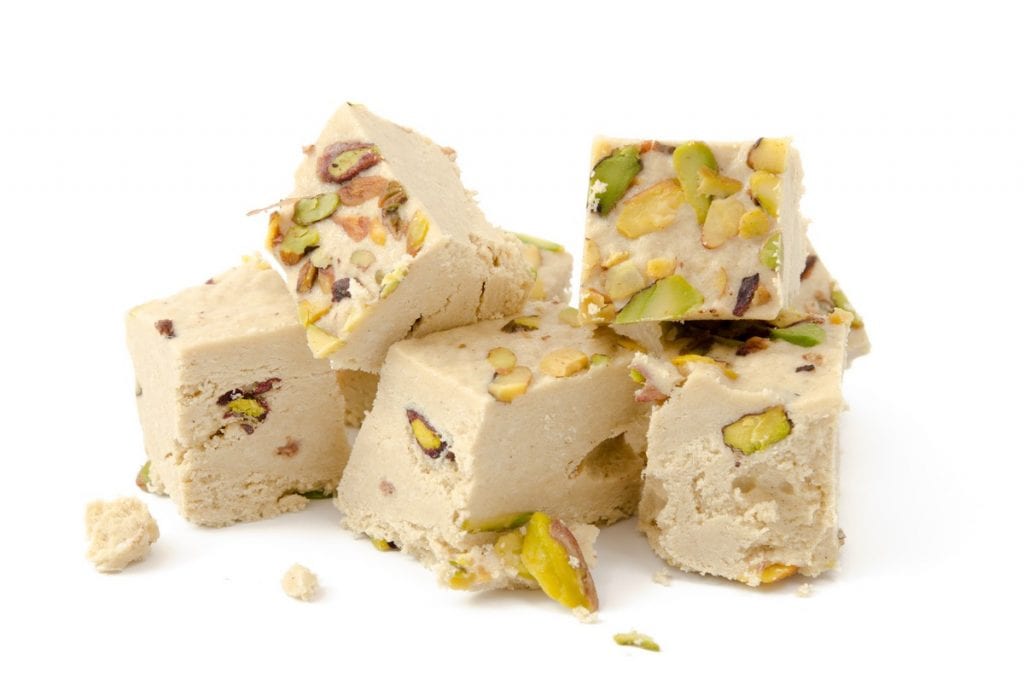
Halva
The name derives from Arabic and simply means "sweet," but not your average sweet: halva is one of the most popular confectionery specialties in Turkey. Originally, during the 9th century, it was present in two main variants: made with flour or semolina, in both cases with the addition of butter, sugar, milk and cream. In the Topkapi Palace there was a room dedicated to the preparation of the recipe, the Helvahane, where expert pastry masters, the halvari, worked. It was enjoyed during popular and most heartfelt celebrations, such as the circumcision of the sultan's son, and then to sanction the passages of life: the end of school, military service, the weaning of lambs, the prayer for rain and also to gain God's favour.
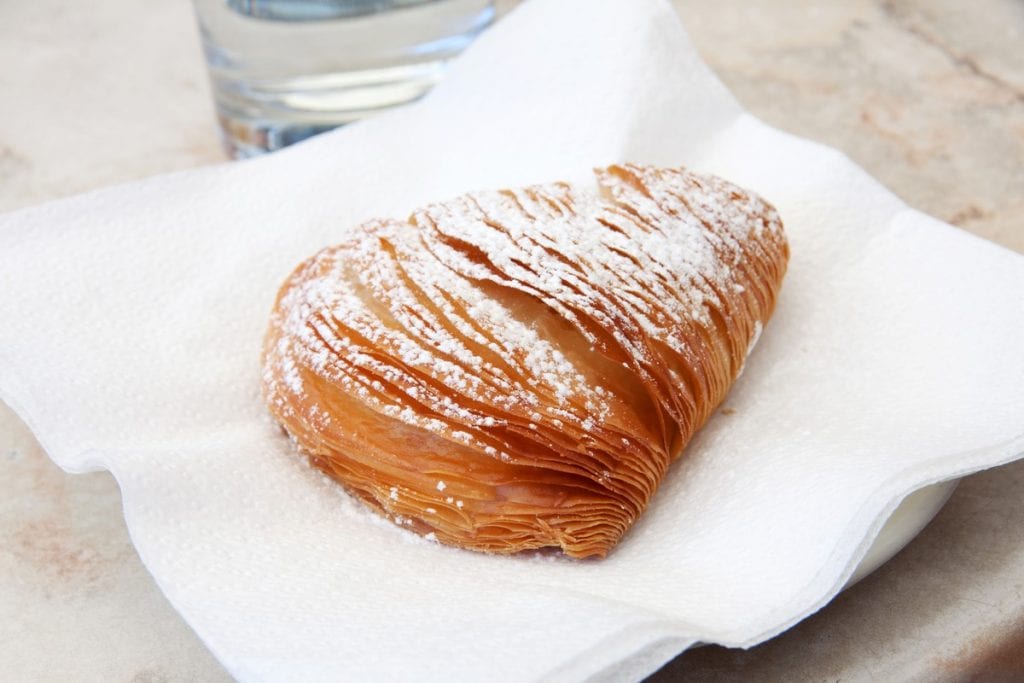
Sfogliatella
Semolina is also used in pastry making in Italy: to prepare the filling of sfogliatelle, for example. Contrary to popular belief, this pastry was not born in Naples. Its origins can be traced back to the Amalfi Coast, more precisely in the convent of Santa Rosa. Here, in the 17th century, one of the cloistered nuns - always engaged in the preparation of desserts and other specialties - found herself with a large quantity of semolina leftovers soaked in milk. In order not to waste it, she mixed it with the other ingredients she had available - dried fruit, sugar, lemon liqueur - she put it all in a dough made with white wine and lard and baked the sweet, giving it a shape similar to that of the hood worn by monks. Thus was born the Santarosa sfogliatella, a recipe later reinterpreted in Naples by Pasquale Pintauro, who in the 19th century gave life to the current version of sfogliatelle, with a thinner pastry and shell-shaped. The Santarosa sfogliatella still exists, with a filling of pastry cream and black cherries, while the sfogliatella napoletana has a filling of ricotta, semolina and candied fruit. In turn it has two main variants: riccia, more crisp and crumbly, and the frolla, with a round, domed shape and a shortcrust pastry shell.
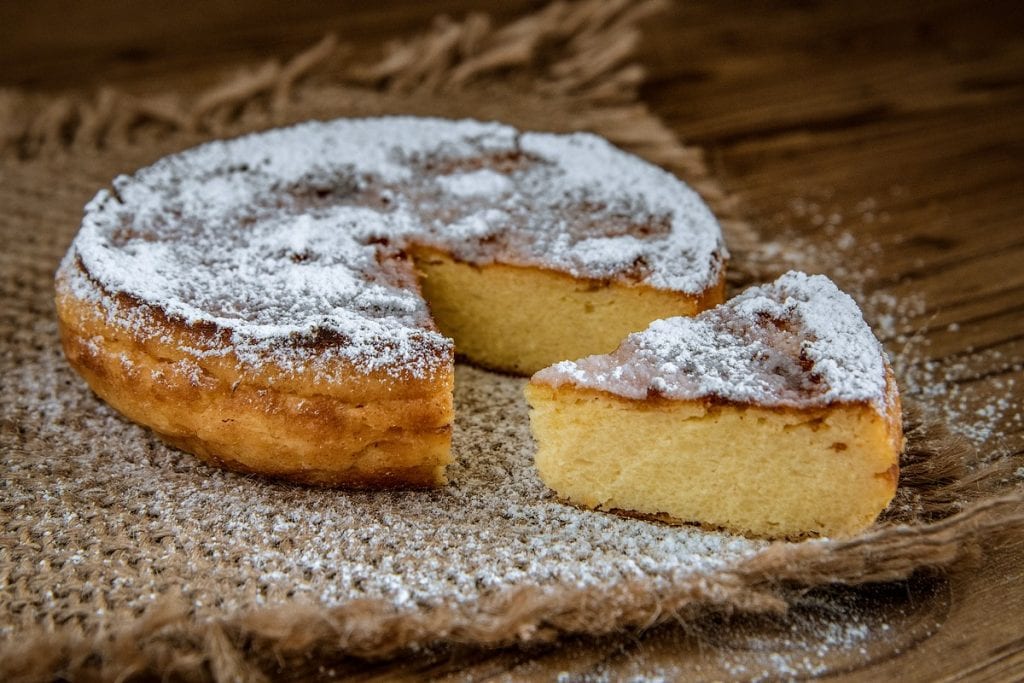
Migliaccio
Again from the region of Campania, is the typical semolina dessert enjoyed during the Carnevale period. Migliaccio is a cake with ancient origins, linked to the peasant tradition and generally made with a few simple ingredients such as semolina and ricotta. In Naples, on the occasion of Shrove Tuesday, it's possible to taste, together with black pudding and fried chiacchiere (lover's knots), this soft dessert once prepared––as the name suggests––with miglio (millet flour) in the past much used by the most destitute families living in the countryside.
by Michela Becchi

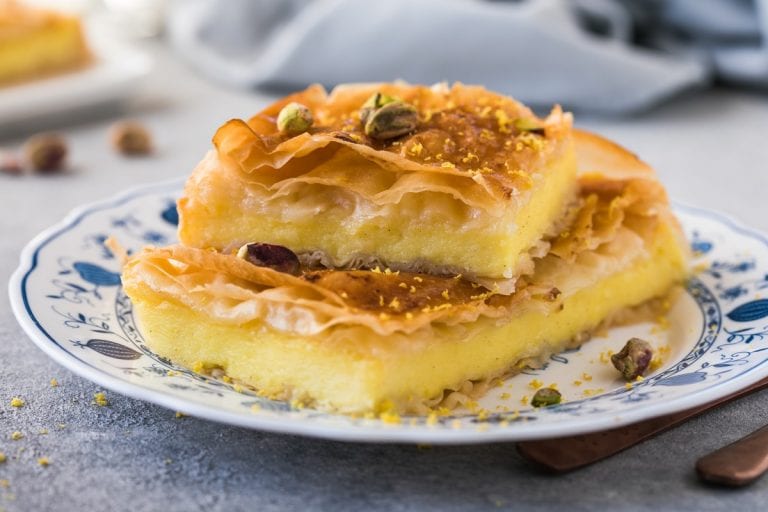
 Wine in cans, bottle-fermented, and alcohol free: the unstoppable change in Gen Z’s tastes
Wine in cans, bottle-fermented, and alcohol free: the unstoppable change in Gen Z’s tastes The great Bordeaux exodus of Chinese entrepreneurs: around fifty Châteaux up for sale
The great Bordeaux exodus of Chinese entrepreneurs: around fifty Châteaux up for sale Dubai speaks Italian: a journey through the Emirate's best Italian restaurants
Dubai speaks Italian: a journey through the Emirate's best Italian restaurants In France, over a thousand winegrowers have decided to abandon wine production
In France, over a thousand winegrowers have decided to abandon wine production In Miami, a Restaurant Hired a Pair of Grandparents to Hand-Make Tortellini: The Story of Torno Subito
In Miami, a Restaurant Hired a Pair of Grandparents to Hand-Make Tortellini: The Story of Torno Subito



